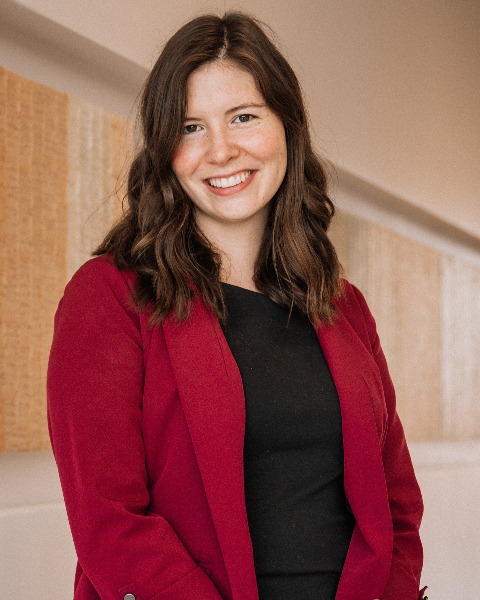Obesity 1
Session: Obesity 1
279 - Retention and Blinding Outcomes for a Feasibility RCT of a Televideo Pediatric Obesity Intervention in Rural Communities
Sunday, April 27, 2025
8:30am - 10:45am HST
Publication Number: 279.6086
Brittany D. Lancaster, Mississippi State University, MISSISSIPPI STATE, MS, United States; Di Chang, UAMS, Little Rock, AR, United States; Jeannette Lee, University of Arkansas for Medical Sciences College of Medicine, Little Rock, AR, United States; Jessica Snowden, Univ of Tennessee Health Science Center, Memphis, TN, United States; Lora A.. Lawrence, University of Arkansas for Medical Sciences College of Medicine, Little Rock, AR, United States; DeAnn E. Hubberd, University of Arkansas for Medical Sciences College of Medicine, Little Rock, AR, United States; Thao-Ly T. Phan, Nemours Children's Hospital, Bethesda, MD, United States; Daniel S. Hsia, Emory University School of Medicine, Atlanta, GA, United States; Christine Hockett, University of South Dakota, Sanford School of Medicine, Sioux Falls, SD, United States; Lee A.. Pyles, West Virginia University, Morgantown, WV, WV, United States; Alberta S. Kong, University of New Mexico School of Medicine, Albuquerque, NM, United States; James Roberts, Medical University of South Carolina College of Medicine, Charleston, SC, United States; Russell McCulloh, University of Nebraska Medical Center, Omaha, NE, United States; Paul M. Darden, University of Oklahoma Health Sciences Center, Little Rock, AR, United States; Ann M. Davis, University of Kansas Medical Center, KC, KS, United States

Brittany D. Lancaster, PhD (she/her/hers)
Assistant Professor
Mississippi State University
MISSISSIPPI STATE, Mississippi, United States
Presenting Author(s)
Background: Pediatric obesity disproportionately affects children in rural areas, yet clinic trials evaluating treatments for these communities are rare and face challenges such as blinding and participant retention. Blinding assessors is crucial for scientific rigor but is difficult in small rural clinics due to limited staff and tight-knit communities, which can lead to unintentional unblinding. Additionally, participant retention research has largely focused on urban and suburban settings, leaving a gap in understanding for rural populations.
Objective: This study describes two of the feasibility outcomes from the Environmental Influences on Child Health Outcomes Institutional Development Award States Pediatric Clinical Trials Network (ECHO ISPCTN) trial comparing iAmHealthy, a rurally tailored pediatric obesity treatment program delivered via televideo and newsletters, to a newsletter-only control group. It was hypothesized that both the iAmHealthy and control groups would retain greater than 75% of the randomized participants and each group would achieve blinding (as determined by a score of 0 on the New Blinding Index).
Design/Methods: Youth aged 6-11 years with a BMI percentile ≥85th and their caregivers were recruited from rural communities across four different states in the ISPCTN. Dyads (n = 104) were randomly assigned to iAmHealthy (n = 52) or control (n = 52). Participants in iAmHealthy participated in a 26-contact hour telehealth intervention over 6 months. A dyad was considered retained if they completed the final anthroprometric measurement at 6 months. Retention rates for each treatment arm were calculated. A primary and backup assessor of anthropometrics at each site were blinded to treatment group. These assessors completed the New Blinding Index (NBI) questionnaire about each dyad at the end of the study.
Results: A one-sample test of proportions indicated that the retention rate exceeded 75% for both iAmHealthy (45/52 retained; p = 0.027) and the control (50/52 retained; p < 0.001). Blinding was successful for both groups (iAmHealthy NBI = -0.12; Newsletter-only Control NBI = 0.02).
Conclusion(s): The results of this multi-site feasibility trial indicate that the iAmHealthy trial achieved high retention rates and effectively blinded assessors. This suggests that, with respect to retention and blinding, a future large-scale, multi-site randomized controlled trial could be feasible. Factors contributing to high participant retention and successful blinding will be discussed.

